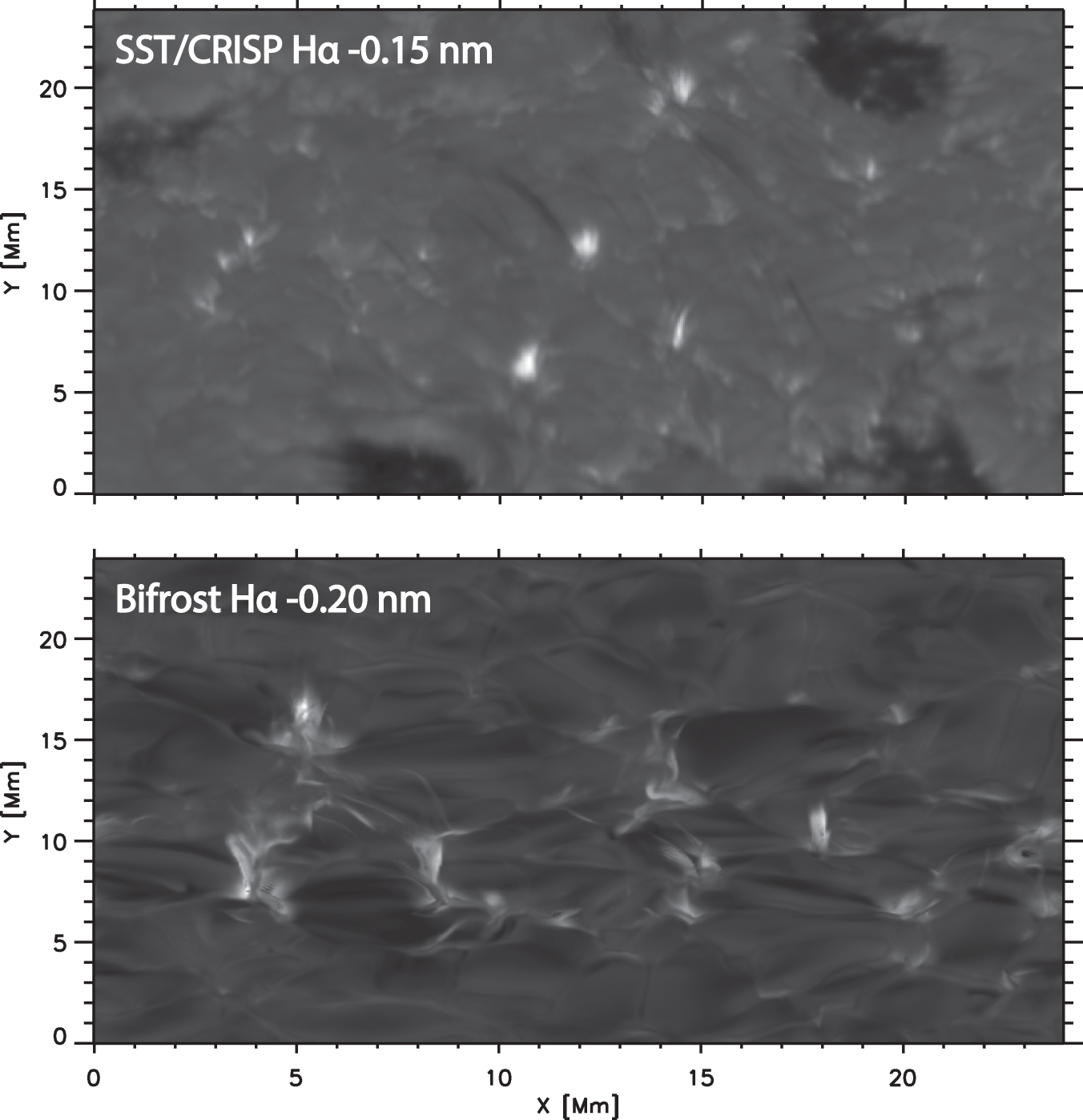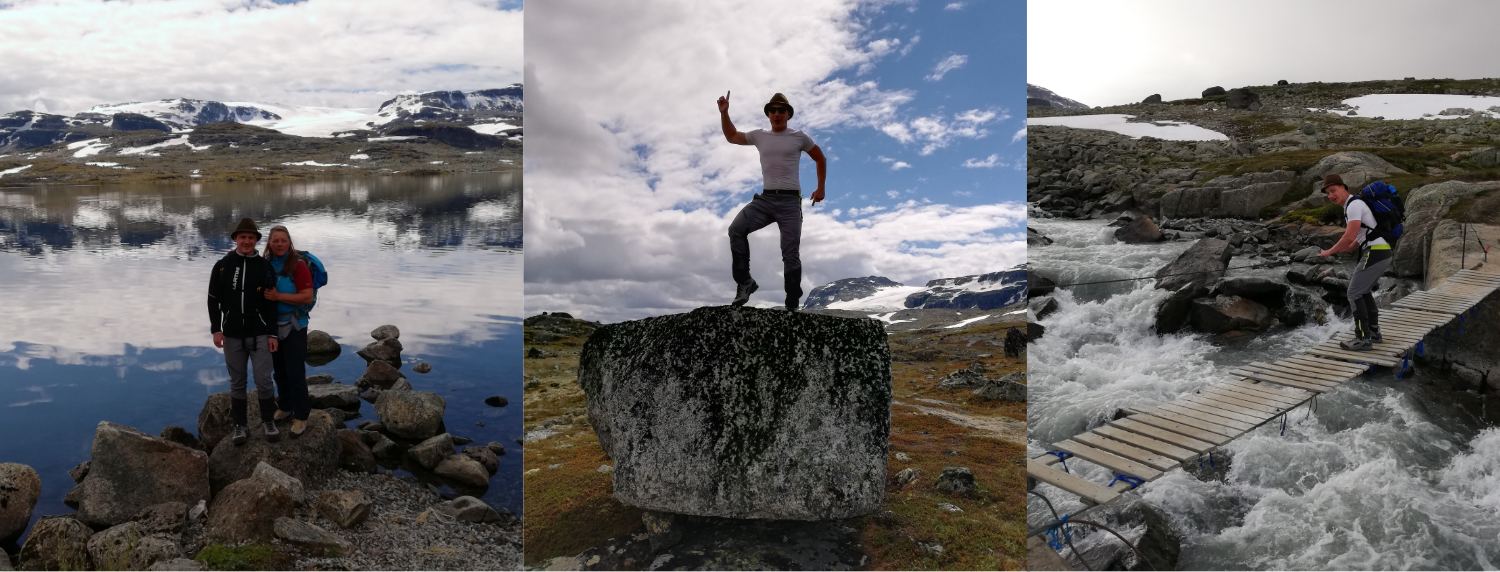Kilian will be doing his Ph.D. thesis at RoCS - Rosseland Centre of Solar Physics the next years. He arrived in Norway in time for both quarantine and some summer holiday before he started working as a PhD research fellow 1st of September .
He did his bachelor's degree in Technical Physics at the Technical University of Graz in his home country Austria. He followed up with a master's in Space Sciences and Earth from Space at the Karl-Franzens-University of Graz, where his main focus was solar physics.
- During my master thesis, I was employed at the University of Graz as a student researcher and I was working mainly on small-scale energetic phenomena inside coronal holes on the Sun.I was working with observational data. At RoCS I will be able to compare observations with simulations, with the help of synthetic observables to get a deeper understanding of the nature of small-scale energetic phenomena.

- What are you going to study?
- I will study the impact and origin of small-scale energetic phenomena in the solar atmosphere. Especially, my work will be focused on Ellerman “bombs”(EB) which could play a significant role in the long-standing puzzle of energy transport throughout the solar atmosphere, as recent studies (Joshi et al. 2020) showed that EBs in the quiet Sun are much more ubiquitous as thought before.
Some of the questions we want to address are:
- What are the occurrence rates in simulations comparable to those in observations?
- What conditions are necessary to sustain the observed rate and abundance?
- Besides spectral signatures, do the morphologies and other properties of the events compare between observations and simulations?
- How do you plan to answer to the main question?
- To study small-scale energetic phenomena we will combine state-of-the-art observations, simulations, and radiative transfer tools. Radiative MHD simulations, run with the BIFROST code and detailed radiative transfer calculations of individual spectral lines will give us the possibility to compare the theoretical predictions from the simulations with observations. This comparison will give us insight into the formation of these events, physical parameters, and the magnetic field configuration leading to small-scale energetic phenomena.

- What brought you to Oslo and RoCS?
- I think RoCS brought me to Oslo!
One part was for sure coincidence and luck, another was of course my interest in solar physics and the unique combination of simulations, radiative transfer, observation, and their expertise RoCS provides in these fields, which makes their scientific group special.
So it was more a choice of RoCS, than of Norway. But of course, Norway is a very beautiful country, which made the decision even easier, especially after the first impression I got of Norway during my hiking trip in Norway.
- How can you describe your experience of RoCS and Oslo so far?
- People are very friendly and helpful, having all the time someone whom you can ask for help makes the start in a new country and a new job much easier.
Oslo reminds me a little bit of Graz, the city I was living in before in Austria. Oslo also has the charm of a big city, but still being a small city with a lot of nature in and around the city. With that, it combines two important qualities that make a city attractive to me.
- What do you expect from this experience at ITA and in Oslo/ Norway?
Four years of interesting science, educating myself for the future, and meeting interesting people. Not only in the area of science but also in Oslo and to enjoy my stay in Norway.
